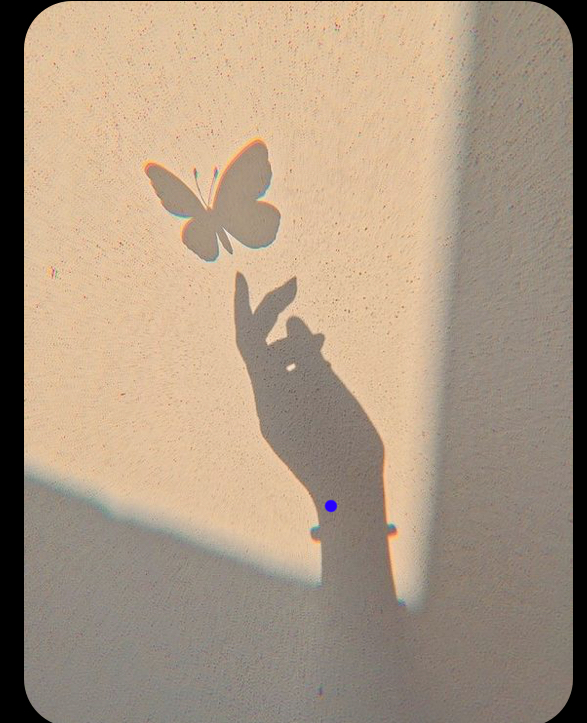Science
Cards (35)
- Solid
- Liquid
- Gas
- pH Scale
- Acid
- Indicator
- DNA
- DNA molecule
- Chromosome
- Parts of the Breathing System
- Alveoli
- Parts of a Plant Cell
- Cell wall
- Vacuole
- Diffusion
- Osmosis
- Parts of an Animal Cell
- Nucleus
- Cytoplasm
- Cell membrane
- Mitochondria
- What is the Alveoli
- What is gas exchange?
- what is sublimtion?
- Chambers
- Pulmonary arteries
- Pulmonary veins
- Neutralisation
- Variation
- Forces
- Resultant force
See similar decks
AP Computer Science Principles
1196 cardsAP Computer Science A
1898 cardsAQA A-Level Environmental Science
2441 cardsOCR GCSE Computer Science
1937 cardsOCR A-Level Computer Science
2091 cardsEdexcel GCSE Computer Science
2949 cardsAQA GCSE Computer Science
2308 cards4.2.3 Environmental Science
AP French Language and Culture > Unit 4: How Science and Technology Affect Our Lives > 4.2 Science and Ethics59 cards4.2 Science and Ethics
AP French Language and Culture > Unit 4: How Science and Technology Affect Our Lives219 cards8.2 Earth and Atmospheric Science
Edexcel GCSE Chemistry > Topic 8: Fuels and Earth Science61 cards3.3 Food Science
AQA GCSE Food Preparation and Nutrition109 cardsAQA A-Level Computer Science
5135 cards3.2.8 Sociology and Science
AQA A-Level Sociology > Unit 3: Crime and Deviance with Theory and Methods > 3.2 Theory and Methods84 cardsUnit 4: How Science and Technology Affect Our Lives
AP Italian Language and Culture140 cards1.6.2 Legislation Relevant to Computer Science
OCR GCSE Computer Science > 1.6 Ethical, Legal, Cultural and Environmental Impacts of Digital Technology39 cardsAP Environmental Science
4620 cardsTopic 8: Fuels and Earth Science
Edexcel GCSE Chemistry157 cardsThematic Context 20: Science and Technology
Edexcel GCSE German172 cards20.4 The Future of Science and Technology
Edexcel GCSE German > Thematic Context 20: Science and Technology56 cards3.2.8.1 The Debate Over Sociology as a Science
AQA A-Level Sociology > Unit 3: Crime and Deviance with Theory and Methods > 3.2 Theory and Methods > 3.2.8 Sociology and Science38 cardsUnit 4: How Science and Technology Affect Our Lives
AP Chinese Language and Culture154 cards
